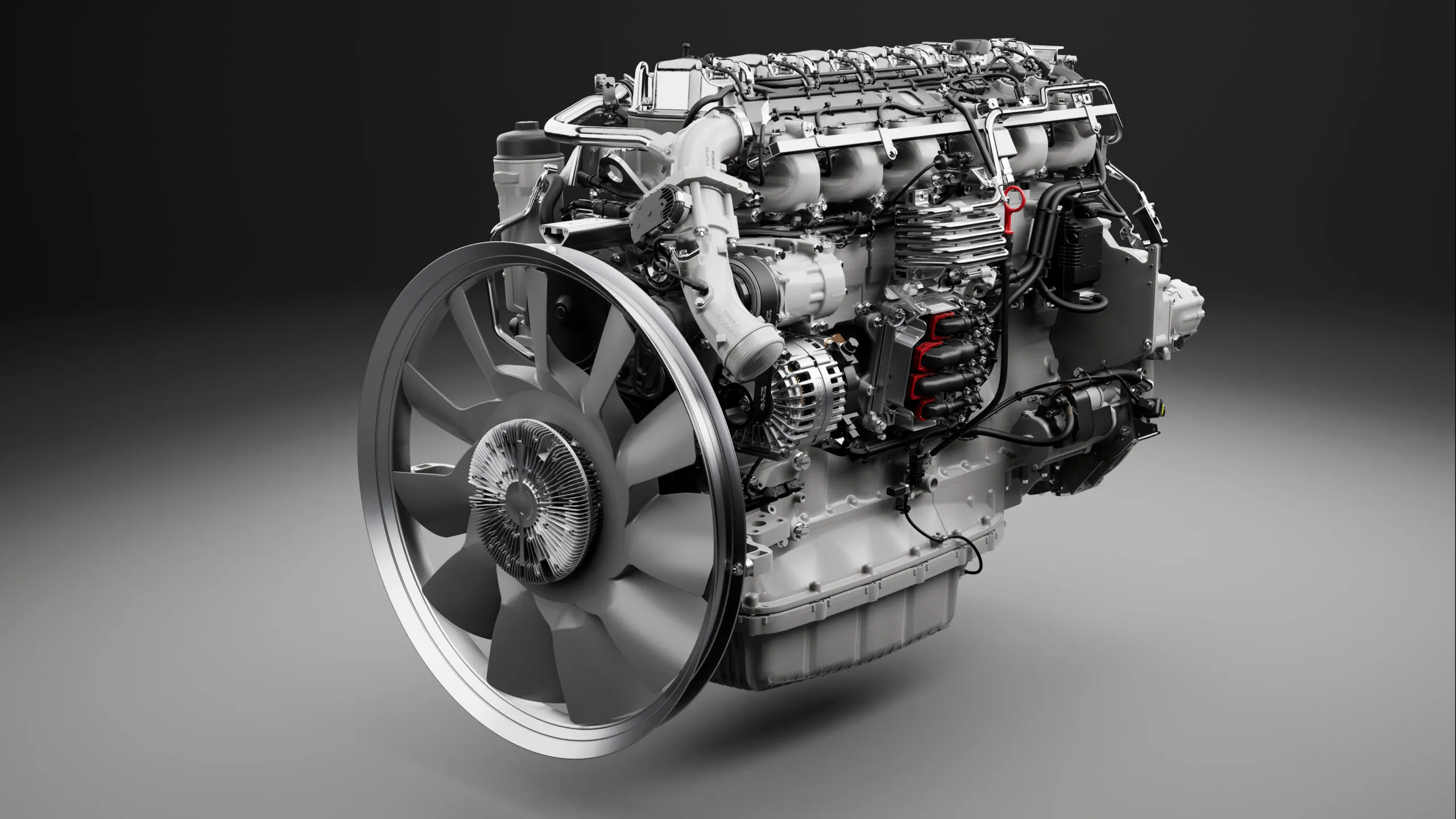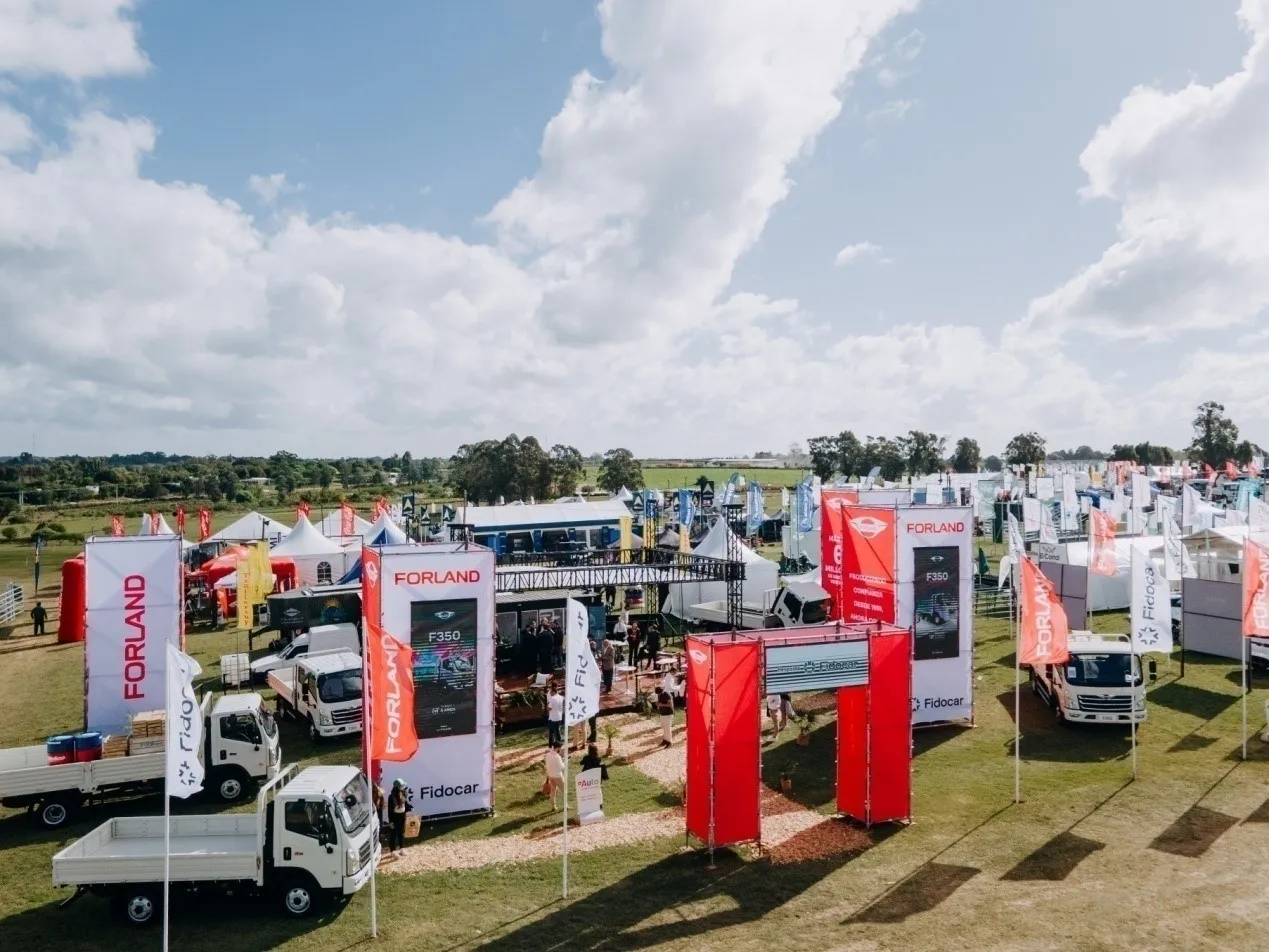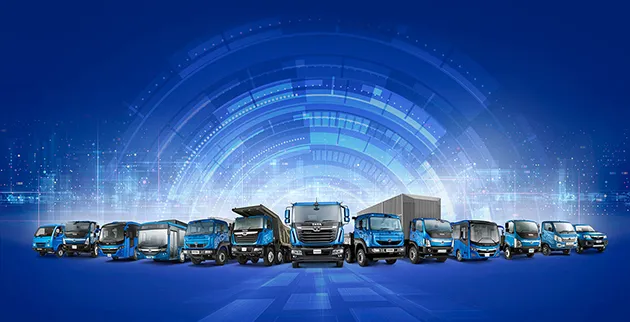Scania’s new biogas engines are paired with two-thirds of the Super-based powertrain, with excellent outcomes.
Scania’s New Biogas Offers 5 Per Cent Fuel Savings
Scania first hinted about its new biogas engines at last year’s IAA fair, but when the state-of-the-art engines arrived they came with a twist – they are now paired with two-thirds of the successful Super-based powertrain. The well-composed and harmonised trio – the new biogas engines plus the G25 gear-boxes and axles from the diesel sibling – work so well together that fuel savings of 5 per cent in long-haul are noted and confirmed.
“When we paired these components, it soon became obvious that we had a hit in the making,” says Ola Henriksson, Senior Product Manager for Renewable Fuels at Scania Trucks. “Just as the Super engine benefits from the increased spread in the G25 gearbox, so do the biogas engines. When paired with the Scania Opticruise gearbox and the new axles, the biogas engines can operate very close to their ‘sweet spot’ most of the time. Put together, it results in 5 per cent fuel savings from this powertrain.”
The interest for locally produced biomethane fuels for trucks (such as Bio-LNG or Bio-CNG) is rapidly increasing. Many companies and transport buyers have the ambition to decarbonise their road transports here and now. Biomethane-based solutions are readily available via rapidly growing fuel-station networks and the CO2-emissions can be reduced by up to 90% from a well-to-wheel perspective.
“Biomethane fuels are definitely the solution for those customers who want to start a decarbonisation journey without any delay,” says Henriksson. “Our biogas engines cover a wide span of industries and applications. A 40-tonne tractor-and-trailer combination can achieve ranges of up to 1,400 km when specified with the biggest Bio-LNG tank solutions that we offer. Add the 460 hp and the 2,300 Nm our OC13 engine offers to the equation and you have a perfect tool for European long-haul.”
Pairing Scania’s new biogas engines with the gearbox (G25) and the rear axle from the Super-based powertrain proved to be a success. Fuel savings of 5 per cent are confirmed and with Bio-LNG or Bio-CNG there will be a CO2 reduction of up to 90 per cent, something that is achievable here and now.
Networks of biogas filling stations are expanding rapidly across Europe, driven by increased demand and by major players in the fuel industry. Reducing the CO2 footprint is no longer something only ‘green’ companies are doing for winning public acclaim: it is a pure necessity for most kinds of serious transporters and all available means must be used.
The new biogas engines are based on the renowned 13-litre gas engine that Scania has offered for several years. By increasing their engine power levels and preparing them for future legal demands, Scania is demonstrating its intention to gain an even bigger market share in the quest for decarbonisation.
“With the CO2 reductions, the driveability and the ranges we offer now, I am convinced that more customers will recognise what a great solution this is,” says Henriksson. “There are so many obvious pros and virtually no cons at all. And the driver can also enjoy a significantly lower noise level.”








